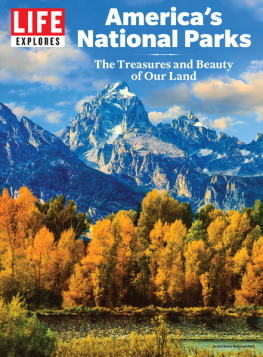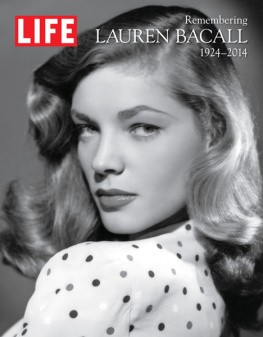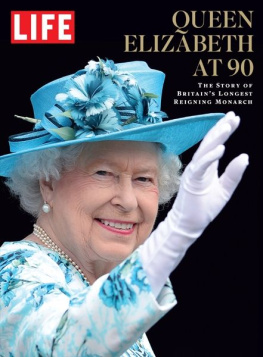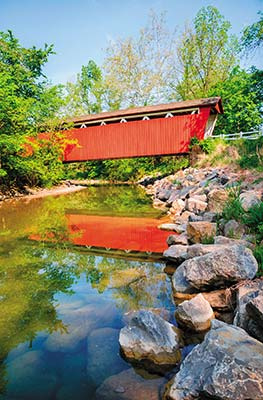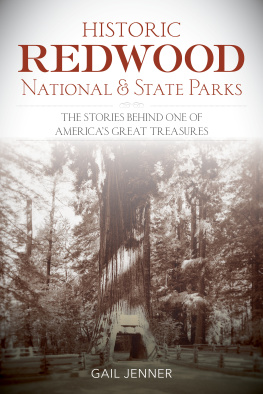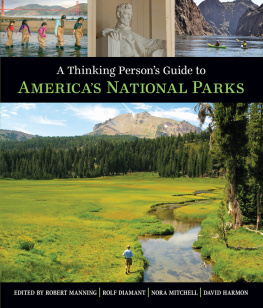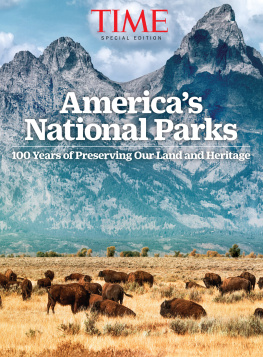

Americas National Parks
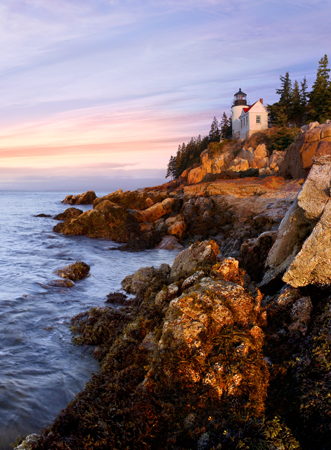
The Atlantic dawn arrives at the Bass Harbor lighthouse in Acadia National Park.
INTRODUCTION
This Land Is Your Land
Americas national parks are something all citizens can agree on: They are an inarguable treasure, the happy result of the prescience of our predecessors
BY DANIEL S. LEVY
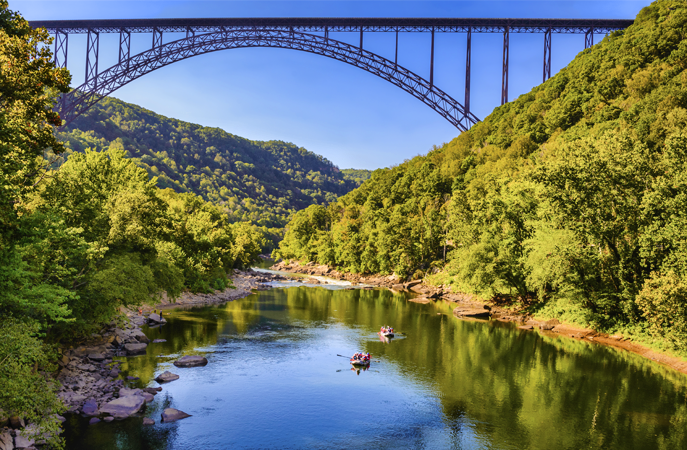
The newest national park is New River Gorge in West Virginia.
JUST AFTER CHRISTMAS 2020, as part of a $2.3 trillion pandemic stimulus package, Congress redesignated the New River Gorge National River as a national park and preserve. The 73,000-acre spread in West Virginia lures mountain climbers with the deepest gorge in the Appalachian Mountains, and the river attracts those looking to barrel down 53 miles of whitewater. Visitors can spy kingfishers, beavers and wild turkeys, fish for smallmouth bass and muskellunge, and explore the African American Heritage trail.
The U.S. National Park System is made up of 423 sitesbattlefields, military parks, historical sites, memorials, parkways, preserves, rivers and the systems rarefied category of National Park. These national parks are found in 30 states and two territories, an area stretching 7,500 miles from the rocky eastern shore of Maine to the South Pacific coral reefs of American Samoa. And now, with the recent addition of New River Gorge, there are 63 of them.
Each year, millions of visitors find magic in these places: watching the sun break over the horizon from Maines Cadillac Mountain, spelunking Kentuckys Mammoth Cave, gazing over the vastness of Arizonas Grand Canyon, photographing bison herds in Yellowstone, or braving a bone-chilling climb to the summit of Alaskas Mount Denali. Americas national parks have long served as refuges of calm, meccas of adventure and vessels of discovery.
While all these places have been billions of years in the making, it can be said that Thomas Jefferson set off the desire to preserve them, long before the United States had any idea what existed out there in the wilderness. When Jefferson became president in 1801, there were 16 states, and the 25-year-old nation barely reached a third of the way across the continent. To those living in the 16 states, the area west of the Mississippi River was terra incognita.
Then, in 1803, Jefferson launched Americas age of exploration by dispatching Capt. Meriwether Lewis and Lieut. William Clark to learn what lay in the 828,000-square-mile Louisiana Purchase (land the U.S. had just bought from the French) and to explore even beyond that, in the region of the northwest all the way to the Pacific Ocean. For more than two years, this Corps of Discovery expedition of nearly 80 servicemen and civilians trekked westward and then back east. On their 8,000-mile journey, Lewis, Clark and their crew chronicled all they saw, marveled at creatures they had never imagined, collected plants and minerals new to science. They gathered animal skins, buffalo robes and beaded native leggings and met with local tribes.
Their tales of adventure, hinting at the great natural treasures beyond the Appalachian Mountains, thrilled Jefferson and others, who resolved that the U.S. make its claim to the continent by assuming the nations God-given right to the landManifest Destiny, as it would come to be known. Soon settlers headed out to stake the territory, riding through prairies of swaying grasses, passing beneath snow-capped mountains and fording wide, powerful rivers.
Among those intrepid souls was the painter George Catlin. During his travels in the 1830s in present-day North Dakota, Oklahoma and Minnesota, he met with the Blackfoot, Cherokee, Chippewa and other tribes. He created hundreds of sketches and paintingsa delight to viewers when he exhibited them back east. Catlin was among the first to suggest the importance of protecting and preserving these western lands, writing of the need for a magnificent park... a nations park, containing man and beast, in all the wild[ness] and freshness of their natures beauty.
Others agreed, and in 1872 President Ulysses S. Grant signed the Yellowstone Act, forming the first national park. More parks would follow, largely brought about by environmentalists like John Muir, as well as Americas great conservation president, Theodore Roosevelt, who set aside 230 million acres of land for federal protection.
Still, in 1916 just 326,500 people visited the parks. President Woodrow Wilson felt it important to form the National Park Service in 1916 to conserve the scenery and the natural and historic objects and the wild life. In June 1933, Franklin Roosevelt created the Civilian Conservation Corps. His Great Depressionera work-relief program put 3 million people to work and resulted in the nations largest ever park-improvement program. Crews planted 3 billion trees, paved 125,000 miles of roads, fought fires, removed invasive species, stocked waterways, and built bridges, campgrounds and 3,000 fire lookouts.
After the end of World War II in 1945, the U.S. economy boomed and battle-weary Americans, seeking a break from years of financial hardship, sought needed leisure time. With money in the bank and new station wagons and Airstream trailers in their driveways, they headed out to see America, flocking to these restorative parks. By now there were 27 of them, and in 1952 the National Park Service logged almost 42 million visitors. The numbers continued to grow. Really grow. In 2019 the national parks brought in 328 million visitors.
Popularity breeds problems: The parks are strained by overuse and lack of funding. And greater threats have arisen. Western droughts recently led to devastating fires in Colorados Rocky Mountain, Washingtons Olympic and Oregons Crater Lake parks. The Everglades are befouled by phosphorus runoffs from sugar producers. Warming climate has caused the melting of glaciers in Alaskas Denali National Park. Invasive species continue to endanger many natural habitats.
The efforts to save and maintain these places are readily apparent, beginning with the work of more than 1,800 park rangers, sporting their Smokey Bearstyle hats. The on-the-ground contributions of volunteers, environmentalists and researchers is evident in every park. In January 2021, President Joe Biden issued an executive order calling for the creation of a Civilian Climate Corps. Modeled on Roosevelts Civilian Conservation Corps, it seeks to conserve and restore public lands and waters, bolster community resilience, increase reforestation, increase carbon sequestration in the agricultural sector, protect biodiversity, improve access to recreation, and address the changing climate. The national parks will be among its key beneficiaries.
As seen in the following pages, these parks (38 of them, chosen for their geographical breadth and diverse charms) are precious natural shrines. We can only hint at all that can be admired in each of them. That they exist and are accessible for all Americans is a testament to the foresight and determination of many who deserve our thanks. Fittingly, the national parks have often been called Americas best idea.

Next page
